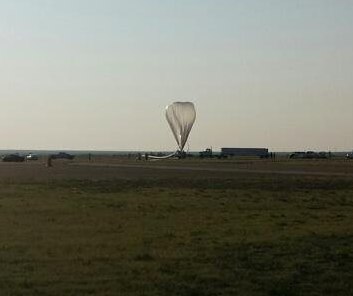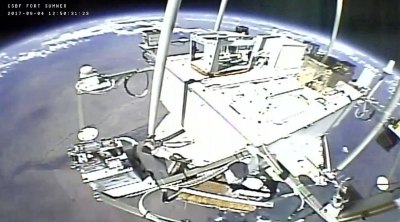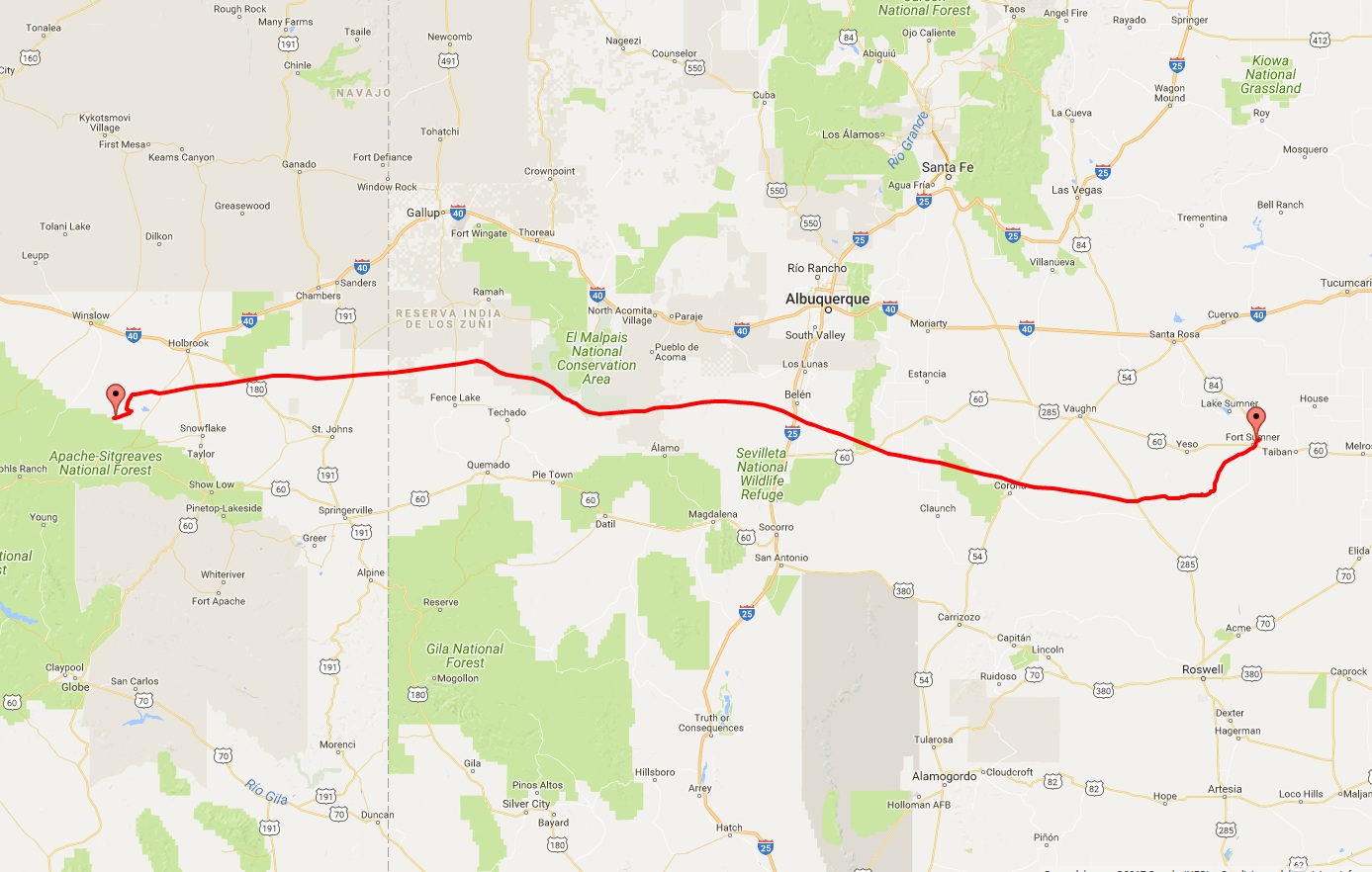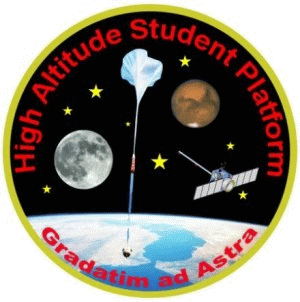News Archive
-
September 5th 2017
First balloon launch of NASA fall campaign in New Mexico
Fort Sumner, New Mexico.- The first flight of NASA's Fall balloon launch campaign was performed yesterday, as mission 680N from the Scientific Balloon Flight Facility that the agency maintains inside the boundaries of the Fort Sumner Municipal Airport, in New Mexico.

The purpose of the flight was to transport a series of experiments as part of the High Altitude Student Platform (HASP) program which every year since 2006 include up to twelve student payloads in a stratospheric balloon launched by NASA with flight durations of 15 to 20 hours. The payloads carried by HASP were designed and built by students and could be used to flight-test compact satellites or prototypes or to fly small scientific/technological experiments.
The present mission -which was the 12th flight of the HASP program- included payload from the University of Minnesota; College of the Canyons, California; the University of Maryland College Park; the Durham Technical Community College, North Carolina Central University, UNCCH and NC State; the University of North Florida; the University of North Dakota; the University of Bridgeport, Connecticut; the University of Central Florida; the University of Houston; the University of Colorado at Boulder and the Arizona State University. Also were included experiments from Canada aported by students from Renert School (Alberta) and McMaster University (Ontario).

The balloon, a Raven model measuring 11 million cubic feet was launched at 14:02 utc on September 4th 2017, and after a nominal climb phase it reached its ceiling two hours and 18 minutes later.
The float altitude that was maintained throughout the flight was near 108.000 feet, well below the usual pattern for the HASP flight profile. At the time of writing this I don't know for sure if this was due to the greater weight of the payloads involved or the lower ceiling may be was a flight requirement of some of them.
During the entire day, the balloon moved across center New Mexico in a westward path as can be seen in the map below.

Finally, at 3:04 utc on September 4th, after 13 hours aloft, the balloon was separated from the payload which descended by parachute in a desert zone located SW of Holbrook, Arizona.
Still, there is no information available on the gondola's health after landing.
A very succesful program
Although NASA balloon program offered in the past many colleges and universities to "piggy back" small experiments on available space in major scientific or technological flights, the idea behind HASP was born in 2002 and first implemented in NASA's balloon launch campaign in 2006, as a partnership between the NASA Balloon Program Office and the Louisiana Space Consortium.
The key goals of the program are:

- to establish a workforce development program in response to the looming crisis in training the next generation of aerospace scientists and engineers,
- to teach students how a modern science experiment is implemented from conception through data analysis,
- to include models of all primary components that make up such an experiment –electronics, sensors, real-time programming, mechanical, management, documentation- and
- to provide flavor of real research to keep students interested in a science, technology, engineering career.
In the first 10 years of development HASP numbers are eloquent enough: 90 student-built payloads engaging over 840 undergraduate and graduate students from 39 universities, colleges, and other institutions located across 22 U.S. states as well institutions from Puerto Rico and Canada.
Since it's inception, the program accumulated a total of 147 hours aloft equalling to over six complete days at the edge of space, averaging 15 hours at float on each mission.
The topics investigated by the students range from Cosmic Rays Studies to Remote Sensing Investigations, from testing of Various CubeSat Prototype Subsystems to attitude determination prototype systems and components; from the operation of optical telescopes in real time, to thermal imaging of the balloon in flight and capture and analysis of stratospheric dust. Technological prototypes tested include infrared and gamma radiation detectors, drop capsules, magnetic field sensors, radio telemetry systems, and even rocket engine nozzles.
More information on this and previous flights, can be obtained in the High Altitude Student Platform (HASP) website.
-
Share this on social media


